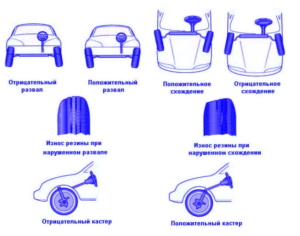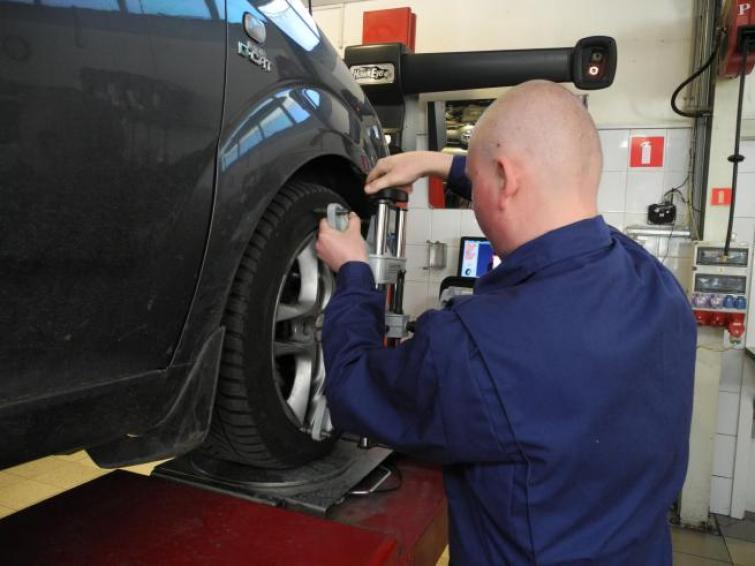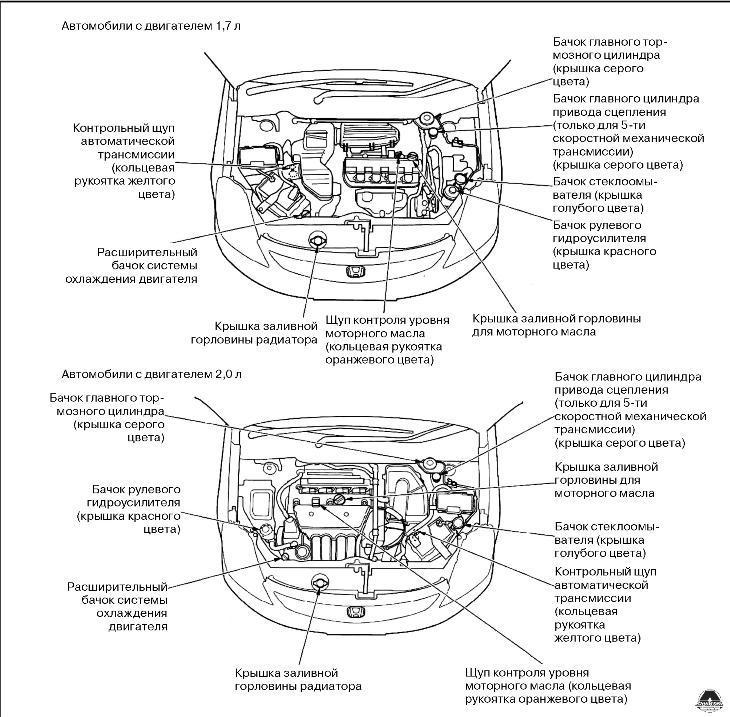
Vehicle suspension geometry – regular inspection required
 The suspension is one of the most important things in a car. In order to fully implement all the technical assumptions of car manufacturers, constant monitoring and, if necessary, service intervention are required. geometry adjustment.
The suspension is one of the most important things in a car. In order to fully implement all the technical assumptions of car manufacturers, constant monitoring and, if necessary, service intervention are required. geometry adjustment.
There are cars that have very good driving characteristics. They perfectly cling to the road on straight sections and turns, obediently respond to the driver's commands. This is due to the suspension system, which in modern cars is often structurally very complex. However, no matter how well we drive the car, the suspension must always be under our special supervision, because failure, in addition to reducing ride comfort, primarily affects the level of safety.
There can be many problems with a car's suspension, but usually an experienced mechanic can quickly diagnose and fix the problem. However, sometimes it happens that, despite the fully functional suspension elements, while driving, we feel that the car does not behave as it should. If the car pulls to the side when driving on a straight stretch of road, there is a delay in responding to steering movements, and the tires squeak when entering turns, this may be a clear sign that we are dealing with an unbalanced steering geometry. suspension. Another important tip is uneven tire wear.
What is the suspension geometry of a car?
- Suspension geometry, unfortunately, is often underestimated by both the drivers themselves and some mechanics and is quite often confused with wheel alignment, which is only one of its components. Simply put, geometry is a set of parameters that determine the position and movement of a wheel. It's not that the wheels of the car are aligned horizontally and vertically, because then movement would be impossible. In addition to the aforementioned toe-in, geometry metrics also include camber angle, stub axle angle and stub axle angle, says Artur Szydlowski, Motointegrator.pl expert. For an ordinary driver, the above terms mean little, and a detailed acquaintance with them does not make much sense, since we are not able to influence them on our own. However, it is important to know that suspension geometry has a huge impact on vehicle stability and handling, and its location determines the correct transmission of forces when the tires make contact with the ground.
When to check the suspension geometry of a car?
Experienced mechanics say that suspension geometry should be checked once a year as a preventive measure. However, if we have even a small collision, a strong impact of the wheel on a high curb or the entrance to a pit, we must also contact a specialized workshop. We must remember to control suspension geometry settings during standard checks. “If we decide to buy a used car, we need to check the geometry in advance,” adds Artur Szydłowski, Motointegrator.pl expert.
Before adjusting the suspension geometry
To achieve the desired effect, checking and adjusting the geometry must be preceded by several diagnostic measures. The most important of them is to check the condition of the rubber-metal elements connecting the rocker arms to the body, popularly called silent blocks. The condition of the rocker fingers is also checked, which, if they have play, cause, among other things, a pronounced knock when driving over bumps. In addition, the performance of the steering rods and their ends is also evaluated by the occurrence of excess play. The cost of adjusting the geometry, depending on the complexity of the suspended structure, can be PLN 150-200. It's not a big deal considering the safety and the cost of repairing more serious breakdowns caused by bad suspension geometry.
See also:
– Alignment – check suspension settings after changing tires
– Wheel geometry and road safety. Guide

